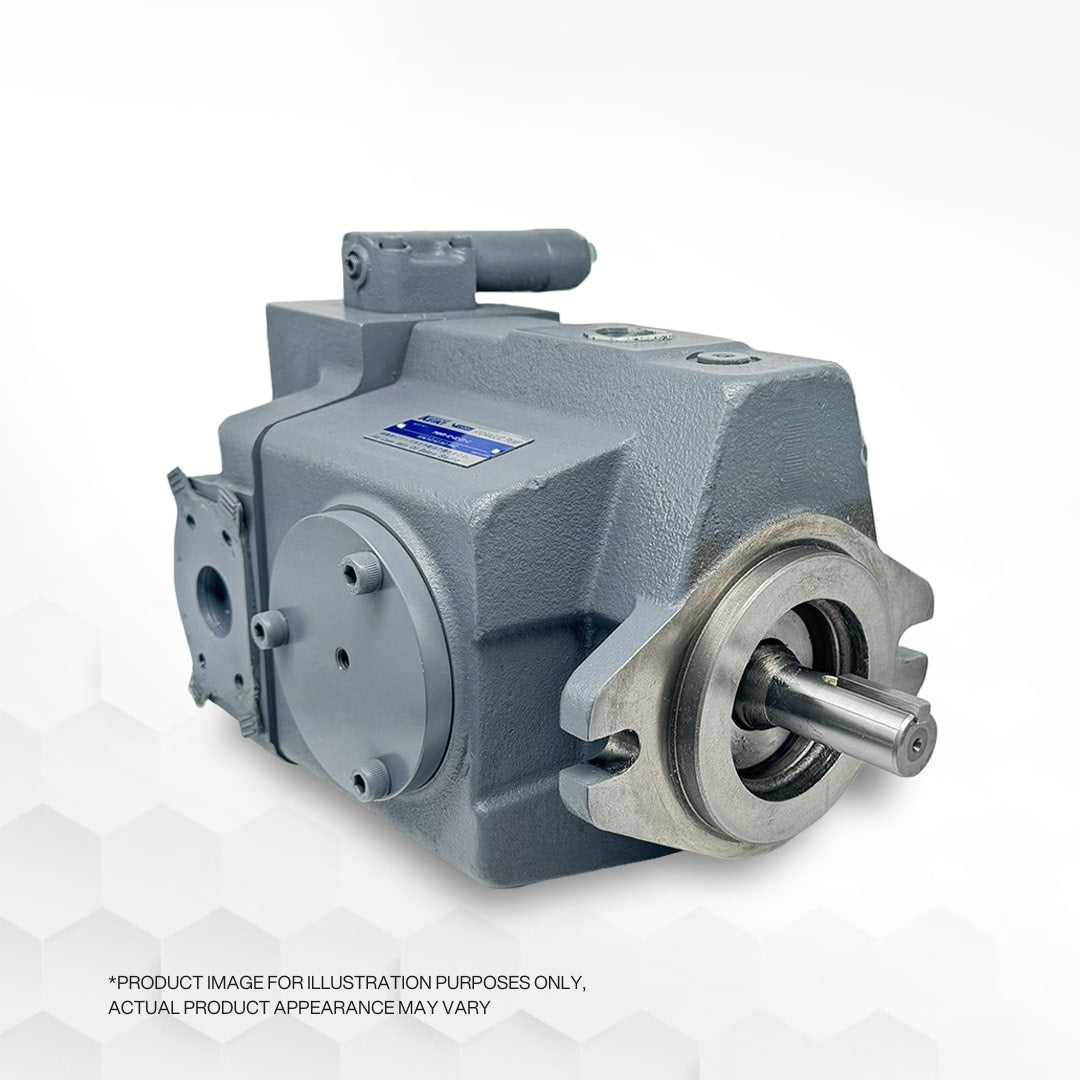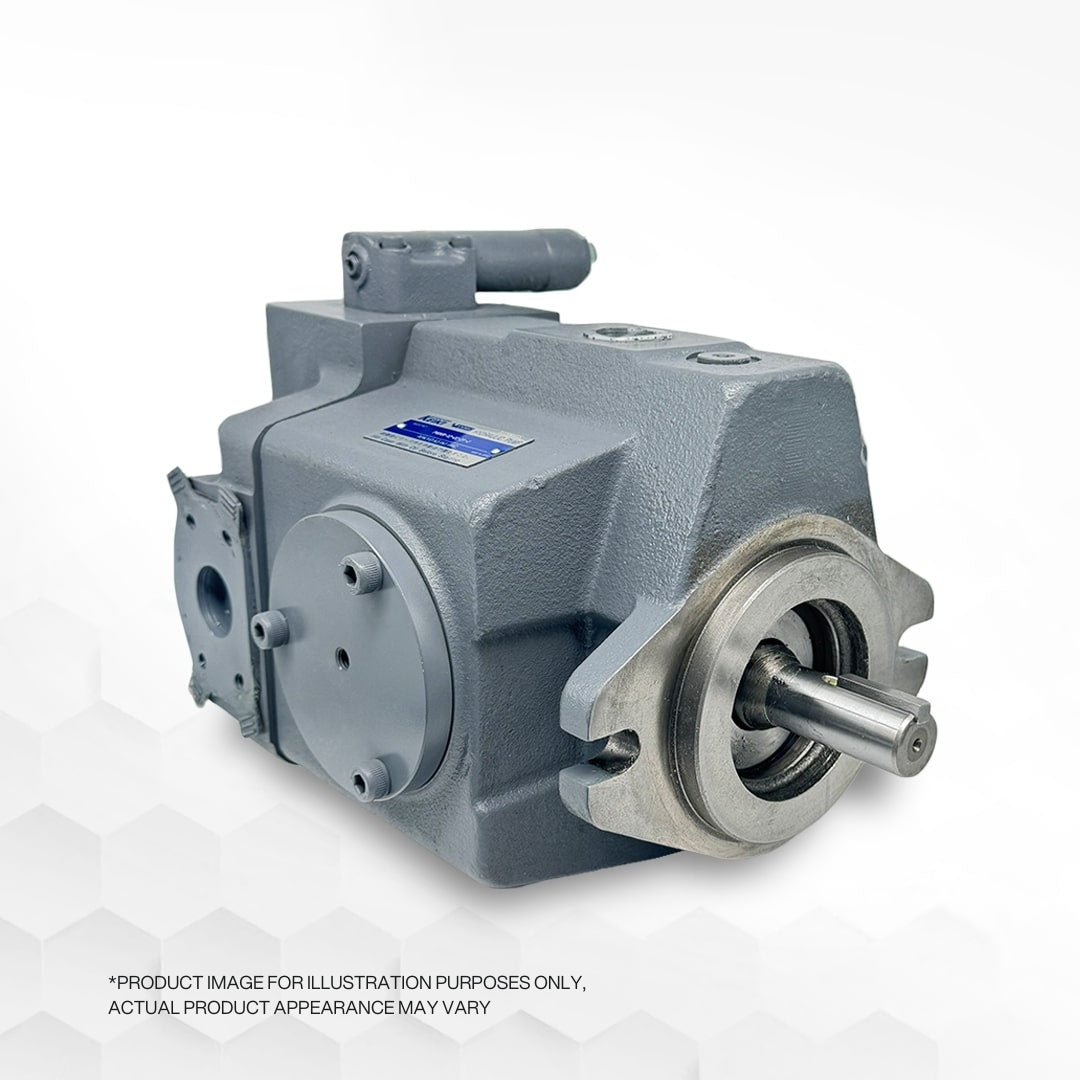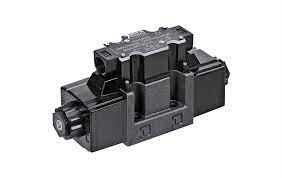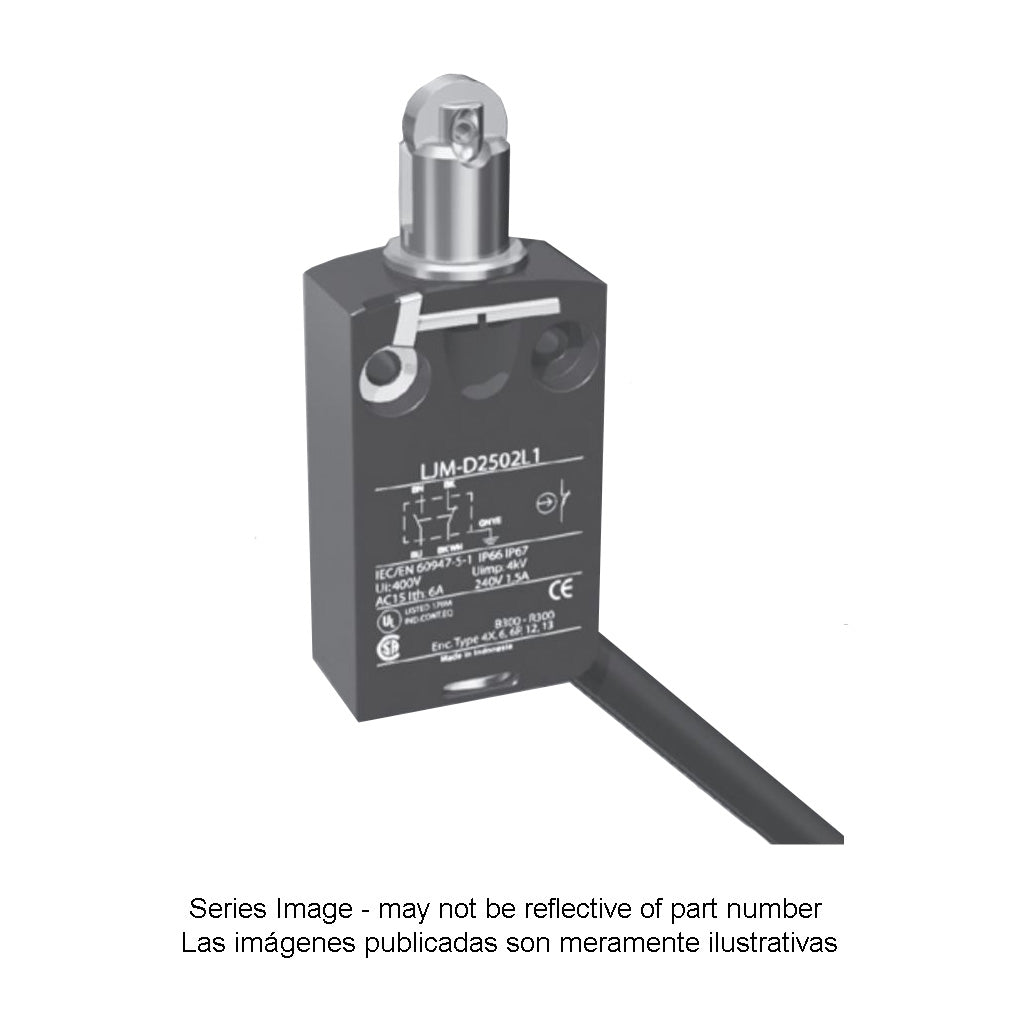
3 Signs Of Pressure Relief Valve Failure
The primary purpose of a pressure relief valve is to ensure the safety of life and property by releasing fluid from an overpressurized vessel. If any issues arise with the pressure relief valve, such as premature pressure release or constant leaking, it is essential to promptly address potential problems to maintain system safety. In this article, we will discuss three signs of pressure relief valve failure that facility operators should be aware of during troubleshooting:
-
The System Cannot Reach the Pressure:
- If the system fails to reach the desired pressure, it could be due to incorrect calibration of the valve's set pressure. Changes in the facility's plant design may lead to technicians forgetting to recalibrate the pressure relief valves to align with the new normal operating pressure. Adjusting the valve's set pressure can resolve this issue.
- If recalibration does not resolve the problem and all other system aspects are functioning correctly, it may indicate that the pressure relief valve requires replacement. Years of service can cause valve damage or erosion from dirt and debris, leading to chattering – a situation where the valve rapidly opens and closes, impeding its proper functionality. This could result in production slowdowns or even total downtime.
-
The System Operates Over Maximum Pressure:
- Pressure relief valves and safety relief valves play a critical role in maintaining facility safety. They open to release excess pressure if the system surpasses the maximum pressure limit, safeguarding the facility and its components. When dealing with overpressure situations, it is crucial to assess the overall system to determine the cause before considering the pressure relief valve as a potential failure. Ensuring the valves are correctly set to the appropriate pressure is also essential, as failure to release pressure despite system overpressure could indicate valve malfunction. Overpressure or valve malfunction can result from contaminants, misalignment, or other factors.
-
Pressure Relief Valve Leaking or Without Pressure:
- Leaking valves can negatively impact production efficiency, often remaining inconspicuous as their effect on the overall system is minimal. A leaking valve does not provide adequate protection for the facility, employees, or equipment. Causes of valve leaks or loss of pressure can include a plugged balance hole, broken spring, loose fit, or system pressure exceeding the valve's set pressure. Identifying pressure valve leakage can be challenging, but using a reliable inline safety relief valve testing system, such as AccuTEST, can assist in leak checks.
Remember, a malfunctioning pressure relief valve is frequently a symptom of an underlying issue rather than the problem itself. Instead of immediately replacing the valve, it is essential to investigate the root cause of the failure. Inline testing can prove valuable in diagnosing pressure relief valve issues when troubleshooting proves challenging in your facility.









